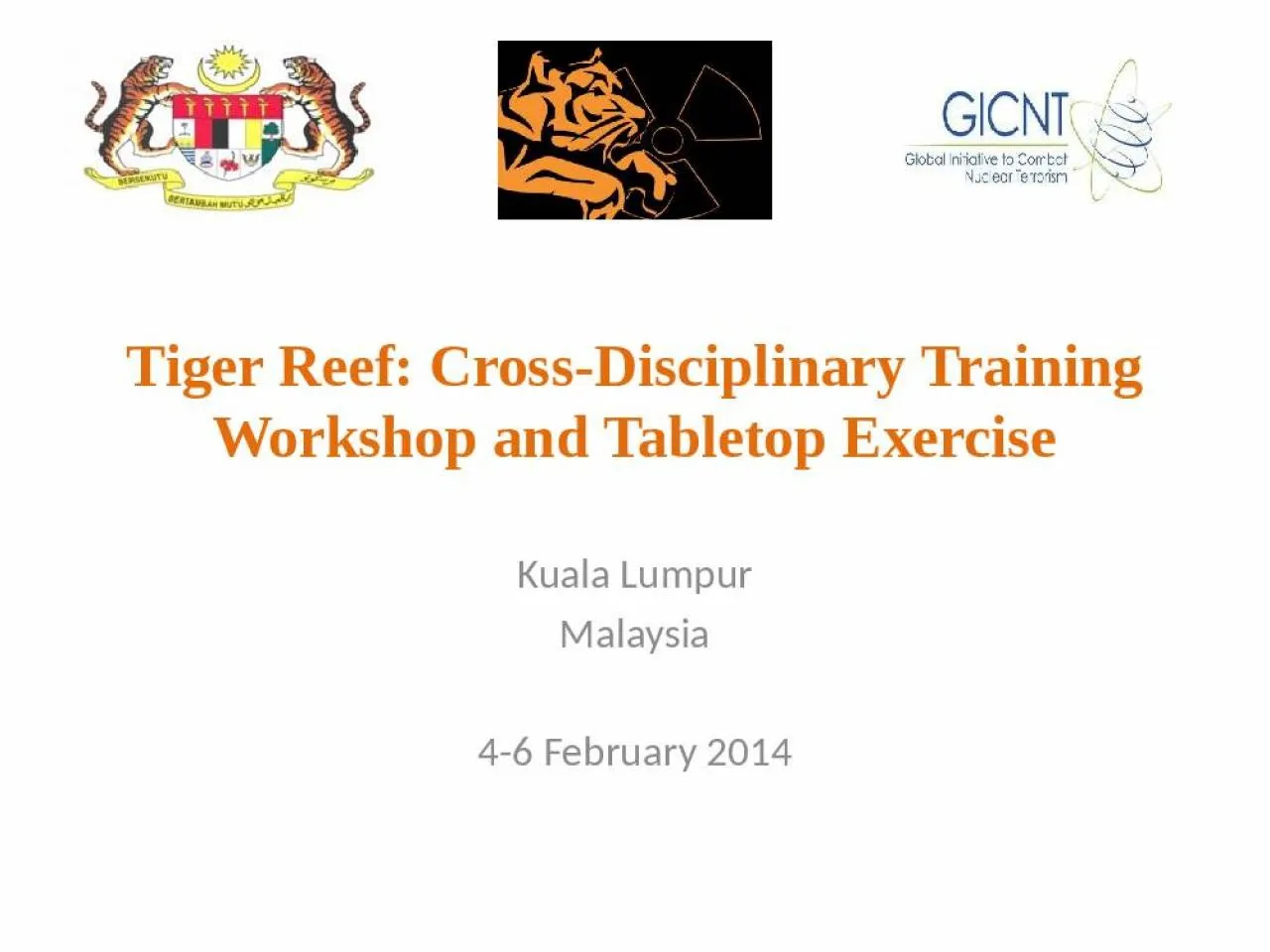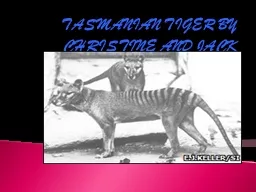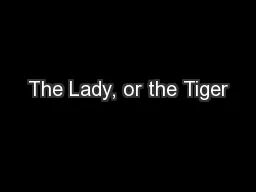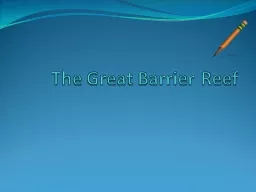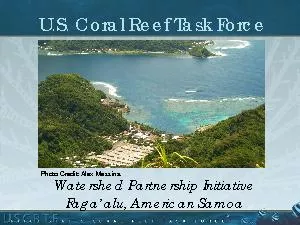PPT-Tiger Reef: Cross-Disciplinary Training Workshop and
Author : isla | Published Date : 2022-05-18
Tabletop Exercise Kuala Lumpur Malaysia 46 February 2014 Participants 21 countries 2 official observer organisations More than 100 participants Objectives Emphasise
Presentation Embed Code
Download Presentation
Download Presentation The PPT/PDF document "Tiger Reef: Cross-Disciplinary Training ..." is the property of its rightful owner. Permission is granted to download and print the materials on this website for personal, non-commercial use only, and to display it on your personal computer provided you do not modify the materials and that you retain all copyright notices contained in the materials. By downloading content from our website, you accept the terms of this agreement.
Tiger Reef: Cross-Disciplinary Training Workshop and: Transcript
Download Rules Of Document
"Tiger Reef: Cross-Disciplinary Training Workshop and"The content belongs to its owner. You may download and print it for personal use, without modification, and keep all copyright notices. By downloading, you agree to these terms.
Related Documents

